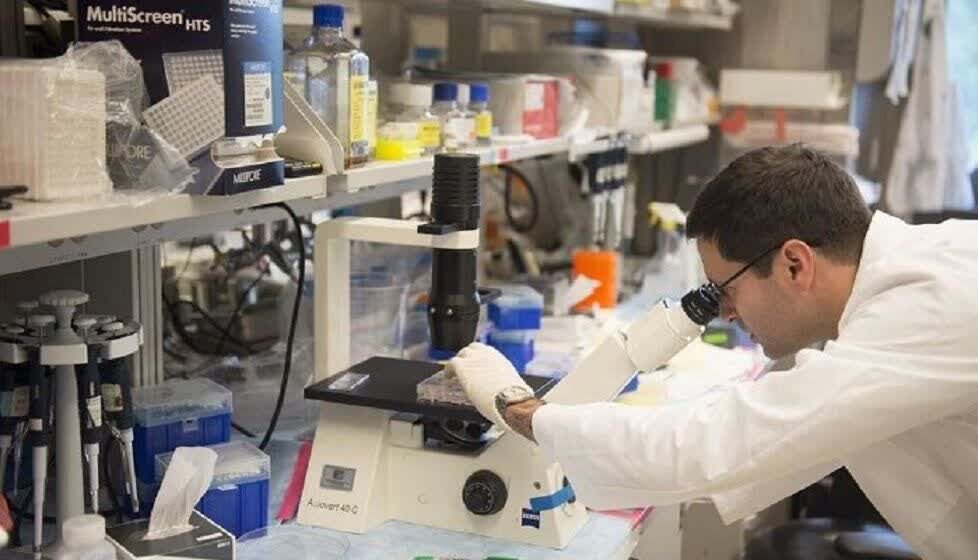TEHRAN – Publishing 8,609 applied articles in the field of technology from 2013 to 2023 has ranked Iran first among Islamic nations, the National Science Foundation said in a report.
Saudi Arabia ranked second with 7,762 articles, the report titled "Evaluation of the Economic and Technological Impacts of Iran's Scientific Outputs" was published to analyze technological scientific outputs and citations in international patents focusing on Iran.
The main goal is to determine Iran's position and evaluate the impact of Iranian universities, researchers, and journals.
The indicators used in this report are the number of articles cited in international patents, and the number of citations in patents from 2013 to 2023. The data was collected in December 2023 via SciVal and Scopus databases.
The other goals of this research include evaluating and identifying Iran’s scientific position in comparison to other countries in terms of technological articles, comparing universities in the country in terms of publication of technological articles, identifying influential Iranian individuals in publishing technological articles, and Iranian magazines that publish technological articles, identifying subject areas in technological articles, identifying the number of inventions citing top Iranian universities and the top institutions sponsoring applied articles in the country.
However, Iran ranked fifth in the ratio of total citations received from patents to total scientific outputs.
According to the report of the National Science Foundation, Tehran Medical University, with 1,154 applied articles, is the most active university among 20 Iranian universities.
Concerning the total citations’ index acquired from patents to the scientific outputs of universities, Tehran University of Medical Sciences won first place by receiving nearly three thousand citations from patents, and in the index of the ratio of citations of patent registrations to total scientific productions, Pasteur Institute of Iran ranked first.
A total of 83 out of 8,609 technological articles authored by Iranians have acquired more than 15 citations.
The most cited article was published with the collaboration of two researchers from Shiraz University in 2018, which received 216 citations of patents. This article has received only six citations from other articles.
Analyzing 161 authors who had the most articles cited in the patent (up to 18 articles), only 40 authors were affiliated with Iran.
Also, among 41 journals with the most technological articles published (up to 20 articles), only three journals were from Iran. "Pharmaceutical Research of Journal Iranian" magazine from Brieflands publications has been ranked fifth among the magazines that publish applied articles in Iran. It has published 56 articles in a period of 10 years, which have been used by inventors and technologists.
The study of 8,609 applied articles published by Iranian researchers also showed that the National Science Foundation has played the largest role in providing financial support for these outputs (271 applied articles).
………..National Science Foundation
The national fund for supporting researchers and technologists was established in 2003. Supporting the systematic development of basic sciences and humanities will be among the new missions of the National Science Foundation.
President Ebrahim Raisi has said science and technology are the cornerstones of national development.
The chain of knowledge, research, innovation, and technology ensures sustainable development in the country, he added.
The national budget bill for the current Iranian calendar year 1402, which started on March 21, has earmarked about 37 trillion rials ($74 million) for science and technology.
The bill increased the budget by 35 percent compared to the previous year’s budget, ISNA reported.
The Vice Presidency for Science and Technology was formed in 2006 with the aim of creating an environment for supporting knowledge-based companies and providing the ground for the development of technological industries.
The country’s progressing process of development has accelerated with the emphasis on the formation of the technology and innovation ecosystem and the approval of laws for supporting knowledge-based companies and boosting Iran-made products.
Today, we are witnessing the positive effects of adopting the approach in the economy, culture, and daily life of people.
Improving the scientific level of society, achieving high global rankings in the number of scientific articles, references, and patenting, reducing the illiteracy rate, and increasing the number of university courses and students are only a part of the achievements after the victory of the Islamic Revolution.
………. Iran ranked second for highly cited patents
Iran was ranked second in terms of the number of patent citations to scientific publications among Islamic countries, according to the Islamic World Science Citation Database (ISC).
Scientific impact is often measured using citation counts, which is something common in scientometric studies, but these citations in technological environments can be considered as the impact of science on technology, IRIB quoted Ahmad Fazelzadeh, head of the ISC, as saying.
This index demonstrates the extent to which technological advances and innovations are based on the achievements and findings of scientific research, he added.
He went on to say, “In the 10-year period from 2012 to 2021, more than 99 million scientific papers have been published worldwide.
A total of 1,341,732 out of 99 million documents have been cited in patents. During the same time period, 752, 421 scientific documents affiliated with Iranian organizations have been published. Out of that number, 13,058 documents have been cited 24,984 times by 22,248 patents.
In this time period, in terms of the total production of technological science, Iran, with 8,884 citations of patents, has taken second place among Islamic countries, and Saudi Arabia and Turkey ranked first and third, respectively.”


No comments:
Post a Comment